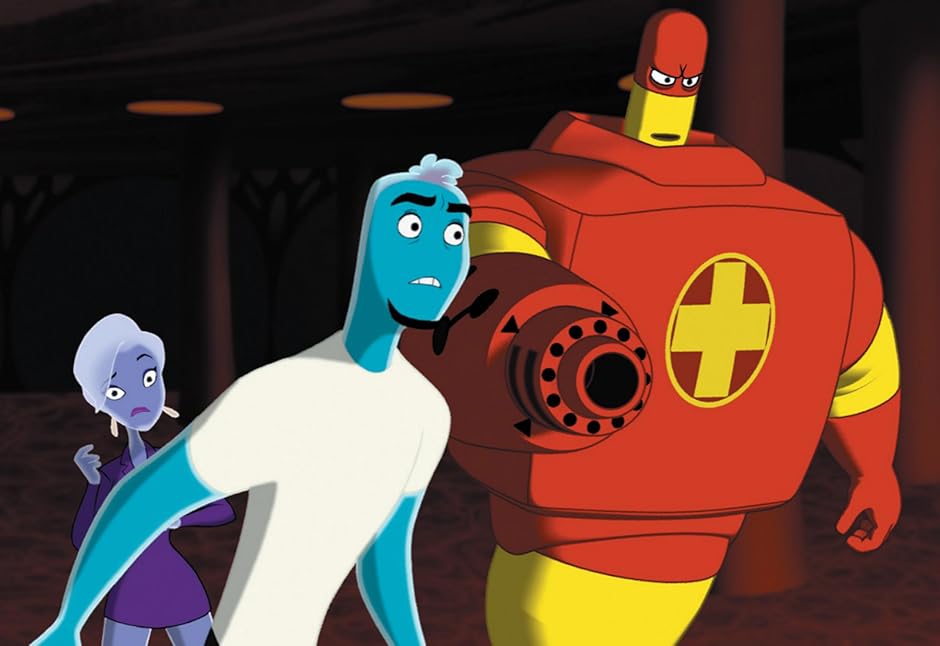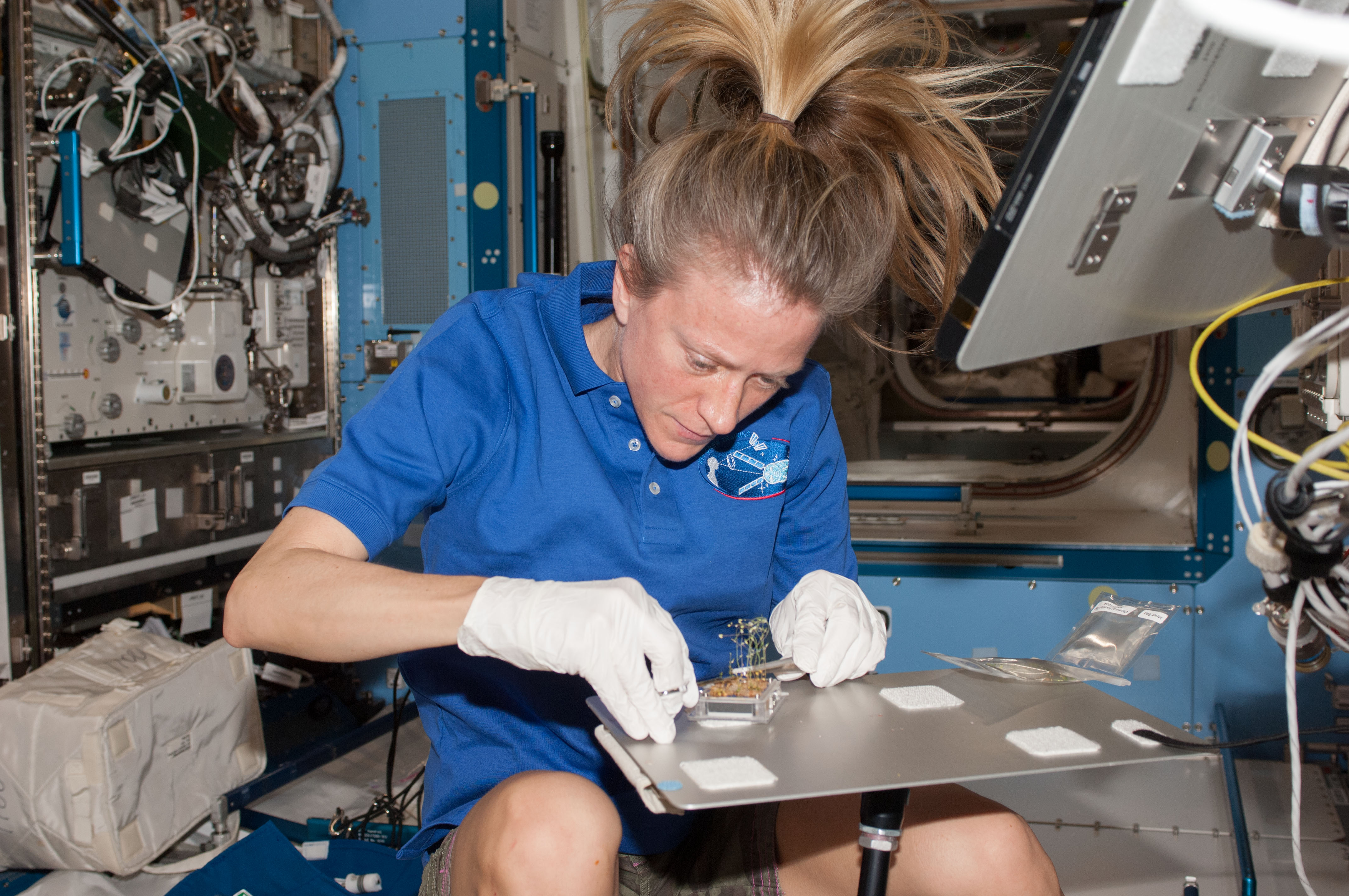
Acids and Bases
- (a) H+; less than; lower; blue; red; remains colourless; conduct; sour
(b) OH– ; greater than; higher; red; blue; remains colourless in a weak base but turns pink at a pH of 10 or higher; conduct; bitter
- Answers are in boldface.
| Name of Substance | Chemical Formula of Aqueous Solution | Name of Acid or Base |
| hydrogen sulphide | H2S | hydrosulphuric acid |
| hydrogen carbonate | H2CO3 | carbonic acid |
| hydrogen phosphate | H3PO4 | phosphoric acid |
| magnesium hydroxide | Mg(OH)2 | magnesium hydroxide solution |
| ammonium hydroxide | NH4OH | ammonium hydroxide solution |
| hydrogen chlorate | HClO3 | chloric acid |
| hydrogen acetate | CH3COOH | acetic acid or ethanoic acid |
| hydrogen sulphite | H2SO3 | sulphurous acid |
Salts and Metal and Non-Metal Oxides
- (a) HBr + NaOH → NaBr + H2O; sodium bromide
(b) H2SO4 + Mg(OH)2 → MgSO4 + H2O; magnesium sulphate
(c) 2H3PO4 + 3Sr(OH)2 → Sr3(PO4)2 + 6H2O; strontium phosphate
(d) 3HNO3 + Al(OH)3 → Al(NO3)3 + 3H2O; aluminum nitrate
(e) 2CH3COOH + Ca(OH)2 → Ca(CH3COO)2 + 2H2O; calcium acetate
- (a) 2HF + Mg → MgF2 + H2; magnesium fluoride
(b) 6HClO3 + 2Al → 2Al(ClO3)3 + 3H2; aluminum chlorate
(c) 2H3PO3 + 6K → 2K3PO3 + 3H2; potassium phosphite
(d) 2HNO3 + Ca → Ca(NO3)2 + H2; calcium nitrate
(e) 2CH3COOH + Zn → Zn(CH3COO)2 + H2; zinc acetate
- (a) basic
(b) acidic
(c) acidic
(d) basic
Chapter 5 Quiz
1. A
2. D
3. D
4. B
5. D
6. A
7. B
8. B
9. D
- C
- D
- B
- F
- C
- H
- E
- Answers are in boldface.
| Compound | Name | Acid, Base, or Neither? | |
| (a) | H2SO4 | sulphuric acid or aqueous hydrogen sulphate | acid |
| (b) | HCl | hydrochloric acid or aqueous hydrogen chloride | acid |
| (c) | Ca(OH)2 | calcium hydroxide | base |
- Answers are in boldface.
| Indicator | Colour at pH 4 | Colour at pH 7 | Colour at pH 10 |
| Blue litmus paper | red | blue | blue |
| Red litmus paper | red | red | blue |
Notice for #19 it doesn’t matter what order you put the water and the salt (and it doesn’t matter if the Acid is written first or second):
- (a) HBr + KOH → KBr + H2O
(b) 3H2SO4 + 2Al(OH)3 → Al2(SO4)3 + 6H2O
(c) Neutralization
For block 1.3 students, please remember terminology around “What anion is in the acid sulfuric acid” (they really just want to know which negative ion is attached to the hydrogen ions) so the answer is sulfate.




